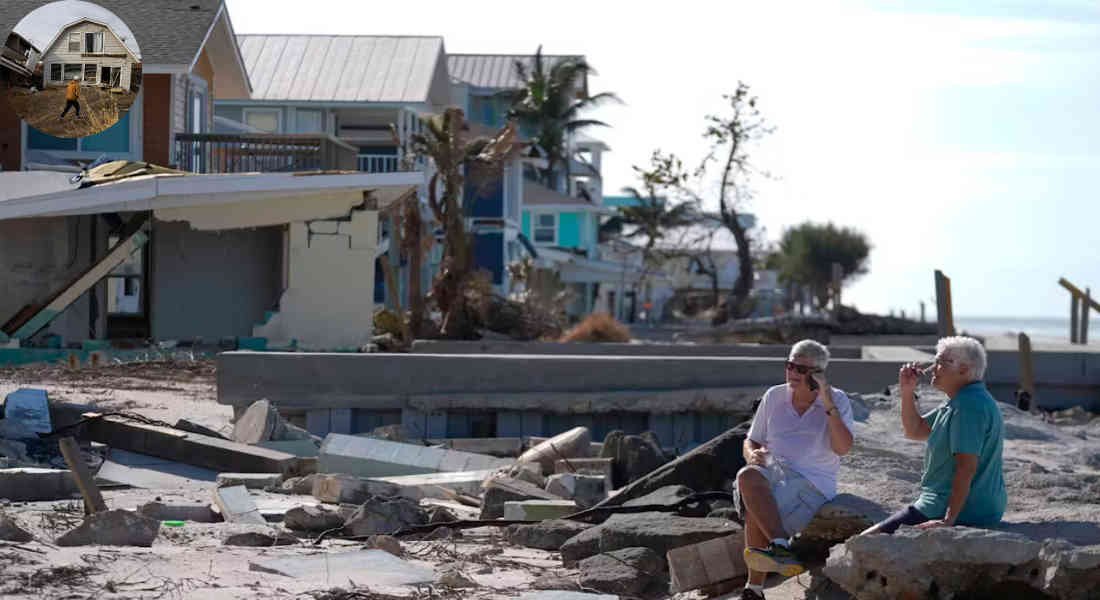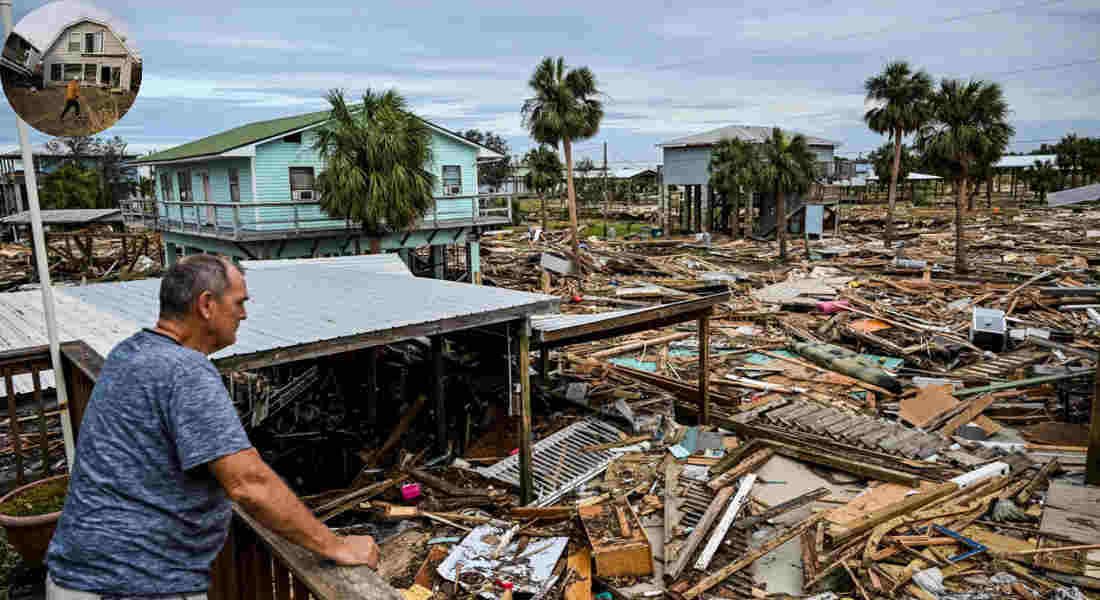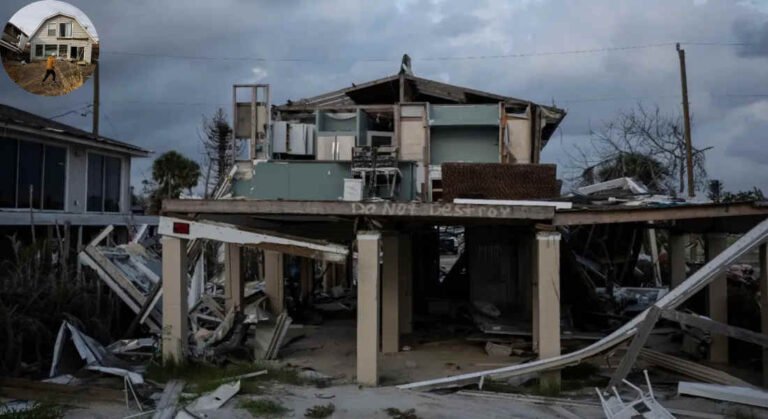FEMA plays a significant role in disaster recovery by providing financial assistance and services to help individuals and communities recover from the damage caused by federally declared disasters. The agency offers programs that include quick cash grants for immediate needs, funding for temporary housing, and home repair assistance aimed at making damaged homes safe and livable. However, FEMA’s aid is generally limited and intended to supplement, not fully cover, the costs of rebuilding homes to their pre-disaster condition. While FEMA supports debris removal and public infrastructure restoration through grants to state and local governments, direct rebuilding of private homes is constrained by funding limits and insurance expectations. Homeowners are expected to carry insurance to cover most losses, with FEMA assistance filling gaps for uninsured or underinsured disaster-related damages. Consequently, FEMA’s help in rebuilding homes is crucial but often insufficient to fully restore residences, leaving many survivors to face ongoing challenges in recovery.
The process of applying for aid from FEMA
Applying for aid from FEMA can seem daunting, but understanding the steps helps simplify the process. You must first register online or call their helpline.Having your personal information handy is essential.
Once registered, FEMA will ask for details about your home and the damage incurred. Documenting everything with photos can support your claim significantly.
Damages may be assessed after submission by a representative. This inspection is crucial in determining eligibility and amount of aid offered.
Follow up on all communications. Timing matters; applying as soon as possible after a disaster ensures you don’t miss any opportunities for assistance.
Remember that while FEMA provides financial help, it often doesn’t cover every expense related to rebuilding or recovery efforts—so plan accordingly.
Common misconceptions about FEMA’s assistance
Many people believe that FEMA provides full funding for rebuilding homes after disasters. This is not the case. While they offer assistance, it often covers only a fraction of what homeowners need.
Some think FEMA’s support comes quickly and easily. However, the application process can be lengthy and complex, leading to frustration among applicants.
There’s also a belief that once you receive aid from FEMA, you’re set for life. Yet many find themselves needing additional resources or assistance as recovery progresses.
Misunderstandings about timelines are common too; individuals expect immediate help but may wait weeks or even months before seeing any funds arrive.
You may also read (does home square footage include the basement area).
Successful examples of FEMA’s disaster relief efforts
FEMA has played a pivotal role in numerous successful disaster relief efforts across the United States. Its response to Hurricane Harvey in 2017 is a notable example.. The storm devastated Texas, displacing thousands of families. FEMA quickly mobilized resources, providing immediate assistance and financial aid to help residents begin the rebuilding process.
In the history of the state, this was one of the deadliest wildfires. FEMA coordinated with local agencies to deliver critical support, including temporary housing solutions for displaced families.
In addition, during Superstorm Sandy in 2012, FEMA’s swift action provided essential services like debris removal and infrastructure repair, helping communities recover more efficiently from extensive damage.
These instances highlight how effective FEMA can be when responding swiftly and compassionately to disasters that disrupt lives and communities.
Criticisms and challenges faced by FEMA
FEMA often faces criticism regarding its response times during disasters. Many individuals report delays in receiving assistance, which can exacerbate the hardships they face.
Areas with lower populations sometimes receive less attention compared to larger urban centers. This disparity raises concerns about equity in disaster relief efforts.
Many survivors struggle to navigate bureaucratic requirements, leading to frustration and disqualification from much-needed support.
Critics argue that this approach fails to address long-term recovery needs effectively.
The agency’s funding limitations also pose significant obstacles. Budget constraints can hinder their ability to provide comprehensive assistance when it matters most.
You may also read (does home square footage include the basement area).
Alternative options for disaster relief and rebuilding
When it comes to disaster relief and rebuilding, FEMA is just one piece of the puzzle. While many survivors turn to them for assistance, various other resources exist that can also provide vital support.
Local charities and nonprofit organizations often step in during times of crisis. They frequently offer immediate help through food drives, temporary housing, or emergency funds aimed at addressing pressing needs. These organizations may have a more localized understanding of community-specific challenges and solutions.
Crowdfunding platforms are another avenue homeowners explore after disasters. People affected by calamities often share their stories on these platforms to seek financial aid from friends, family, and even strangers who want to contribute toward recovery efforts.
Some states have dedicated funds specifically for natural disaster recovery that complement FEMA’s aid packages. This local approach allows communities to tailor responses according to their unique circumstances.
The role of insurance in recovery efforts is also crucial. Homeowners with adequate coverage can mitigate losses significantly when disasters strike. Understanding one’s policy and knowing how it interacts with FEMA aid is essential for maximizing available resources.
Each option offers its own set of advantages depending on individual situations and needs following a disaster event. Exploring all avenues can lead to a more comprehensive path toward rebuilding homes and lives after devastation strikes.
You may also read (does fha allow financing for single wide manufactured homes).
